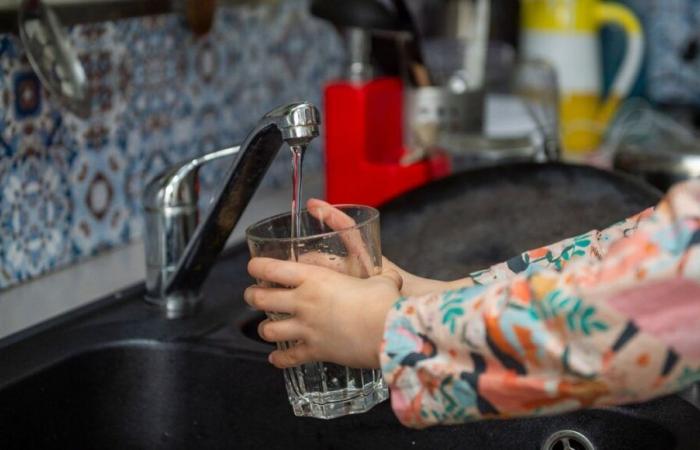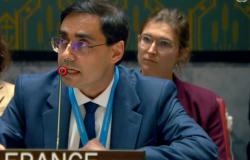
Drinking water is arguably the most important consumer product the most controlled. So when you turn on your tap, what are you really consuming? France Bleu Champagne-Ardenne asked itself the question on the occasion of the unveiling of a major water quality surveyproduced by the investigation unit of Radio France and the France Bleu network.
Where does the water of Greater Reims come from?
Before you get out of your faucet, or your shower head, thedrinking water of Greater Reims is drawn from two large water tables. One of them, the chalk aquifer, is one of the largest in Europe. It extends from Rethel to Aube and partly supplies Belgium, Nord-Pas-de-Calais Picardy, Upper Normandy and of course Champagne Ardenne. One, as its name suggests, is composed of chalk, which results in more calcareous water, the other aquifer is more clayey.
These two large water reserves make it possible tosupplying the 143 municipalities of Greater Reims and its 300,000 inhabitants every daythanks to around forty catchment points. Some simply serve as backup, in the event of an incident, to avoid water cuts. Once pumped, this water arrives at the stations of Greater Reims. There, it is stored in tanks where it is filtered, in particular to eliminate certain pesticides. Note that not all phytosanitary products can be eliminated during this process.
loading
The only treatment carried out in tap water is the addition of chlorine.. The goal is to prevent bacteria from developing inside the pipes to ensure that your water is drinkable when it arrives at your home. If you find that your water smells too strongly of chlorine, simply fill a carafe, preferably glass, and let the water sit for a few hours in a cool place away from light.
Tap water versus bottled water
Is the drinking water that comes out of our taps as good as bottled mineral water?I would even say that it is better.“, retorts Audrey Varoquier, deputy director of operations for stations and networks in Greater Reims, also emphasizing that this water is cheaper for the consumer. “Because it is not stored in plastic, not in the light and in better conditions since it is renewed every day, given that water is pumped from the water tables every day.“This is without taking into account the numerous checks carried out frequently in the Greater Reims network.
How is it controlled?
Each year, Greater Reims carries out nearly 600 analyses in the drinking water network, in conjunction with the Regional Health Agency (ARS). During the largest samples, the services responsible for monitoring water quality control up to 800 parameters : pH of the water, presence of nitrates, pesticides, lead, bacteria, but also minerals such as magnesium, etc. Analyses generally focus less on the detection of PFAS, eternal pollutants, because exploratory campaigns carried out by the ARS have not revealed any notable presence of these molecules in the water of the Marne and the Ardennes in recent years.
loading
On the other hand, the Nitrate and pesticide levels are closely monitored during these analyses.. These molecules are found in groundwater after rainwater runoff from agricultural land where pesticides or nitrogen have been used by farmers. And since the water services in Greater Reims do not always have the means to eliminate these molecules in the water, solutions are found upstream.As for nitrates, we have a specific cell that works with farmers to ensure that they regulate their use of nitrogen in the soil.“, explains Francis Blin, vice-president in charge of water and sanitation and mayor of Trigny, in the Marne.”They are also asked to plant intermediate crops that will trap nitrogen molecules so that they do not end up in the water tables.“





